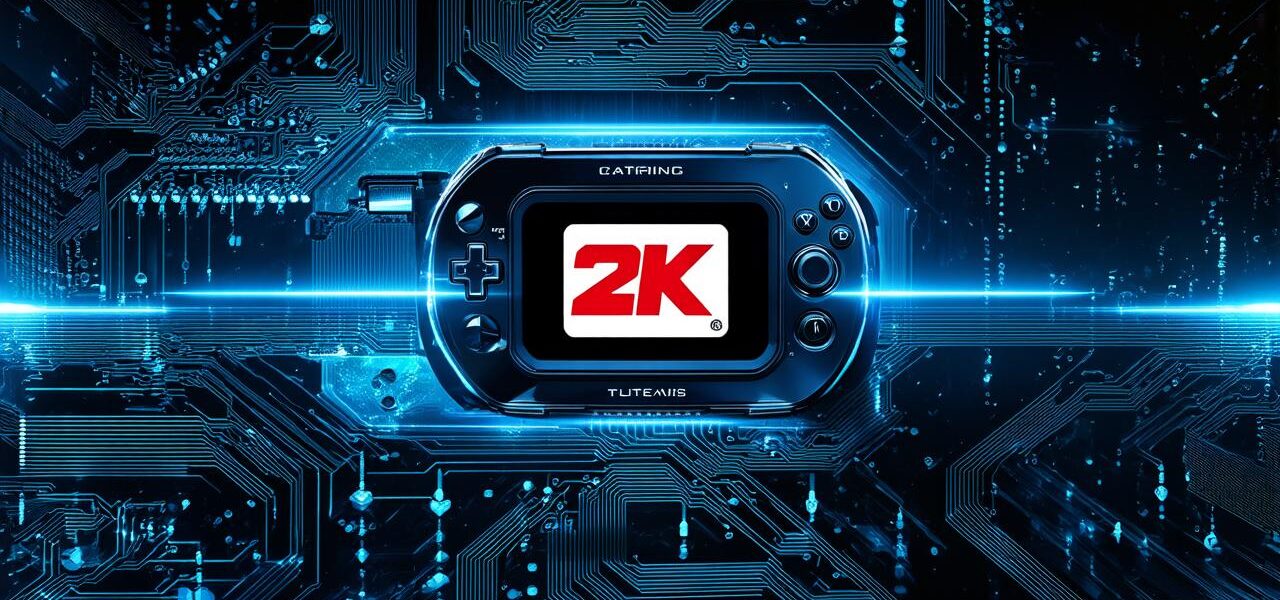The world of video games has grown exponentially in recent years, with companies vying for dominance and players eager to immerse themselves in new and exciting experiences. In this article, we’ll delve into the biggest video game company in the world, exploring its history, operations, and achievements. We will also examine how it compares to other major players in the industry, giving you a comprehensive overview of the landscape of video game development.
Introduction:
The world of video games has grown exponentially in recent years, with companies vying for dominance and players eager to immerse themselves in new and exciting experiences. In this article, we’ll delve into the biggest video game company in the world, exploring its history, operations, and achievements. We will also examine how it compares to other major players in the industry, giving you a comprehensive overview of the landscape of video game development.
Part 1: The Rise of Nintendo
Nintendo is widely regarded as the biggest player in the video game industry. Founded in 1955 by Shigeru Miyamoto and Fumio Nakamura, the company has a long history of innovation and success. Its first major product was the Magnavox Odyssey, which brought home video gaming to the masses in 1972. However, it was the release of the Nintendo Entertainment System (NES) in 1985 that catapulted the company to global prominence.
The NES was a revolutionary product that introduced players to a new type of gameplay. It featured a unique controller with buttons and a directional pad, which allowed players to navigate through games with ease. The NES also introduced iconic characters such as Mario, Link, and the Zelda series, which have become synonymous with the Nintendo brand.
Nintendo’s success continued with the release of the Super Nintendo Entertainment System (SNES) in 1987, which built upon the success of the NES and introduced new technologies such as digital sound. The SNES also featured a graphical user interface, allowing players to navigate menus and options more easily.
In 1990, Nintendo released the Game Boy handheld system, which was a massive success and helped to establish Nintendo’s dominance in the portable gaming market. The Game Boy paved the way for subsequent handheld systems such as the Nintendo 64 and the Nintendo DS, which have sold millions of units worldwide.
Part 2: The Ascent of Sony
While Nintendo has long been a dominant force in the video game industry, Sony has also emerged as a major player in recent years. Founded in 1946 by Akio Morita and Masaru Ibuka, the company initially focused on electronics and consumer goods before entering the video game market in the late 1980s.
Sony’s first foray into gaming was with the PlayStation console, which was released in 1994. The PlayStation was a massive success, selling millions of units worldwide and introducing players to a new type of gaming experience. The console featured advanced graphics capabilities and a CD-ROM drive, allowing players to play games on compact discs rather than cartridges like Nintendo’s systems.
Sony’s next major product was the PlayStation 2, which was released in 2000. The PlayStation 2 was an even greater success than its predecessor, selling over 150 million units worldwide and becoming the best-selling video game console of all time. The PlayStation 2 also introduced new technologies such as online gaming through PlayStation Network, which allowed players to connect with each other and play games across the globe.
In 2004, Sony released the PlayStation Portable (PSP), which was a handheld gaming system that brought the PlayStation experience to portable devices. The PSP was a massive success, selling over 80 million units worldwide and establishing Sony as a major player in the handheld gaming market.
Part 3: The Battle for Dominance
While Nintendo and Sony are undoubtedly two of the biggest players in the video game industry, there are other companies that have emerged as significant players in recent years. Microsoft’s Xbox console, for example, has become a major competitor to Nintendo and Sony’s consoles.
Microsoft’s Xbox was first released in 2001 and has since become a major competitor to Nintendo and Sony’s consoles. The Xbox features advanced graphics capabilities and online gaming through Xbox Live, which allows players to connect with each other and play games across the globe. Microsoft has also introduced new technologies such as virtual reality (VR) and augmented reality (AR) through its HoloLens headset, which is designed to bring immersive gaming experiences to life.

Apple’s App Store, on the other hand, has become a major force in mobile gaming. The App Store features a wide range of games for iOS devices, including iPhones and iPads. Apple’s focus on user experience and design has helped it to establish itself as a major player in the mobile gaming market, with millions of users downloading games from the App Store every day.




